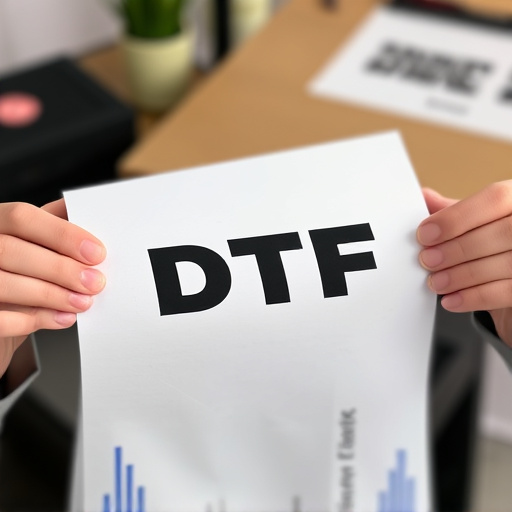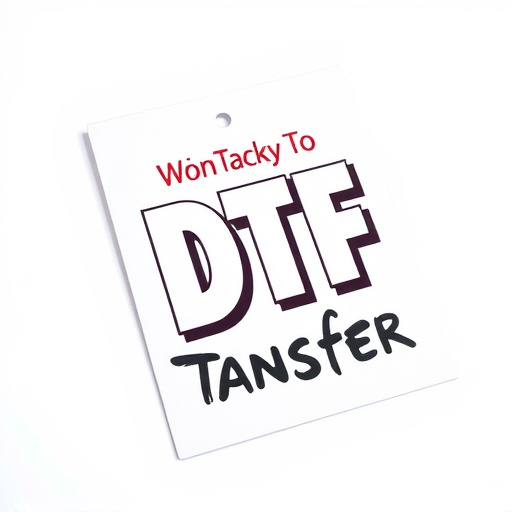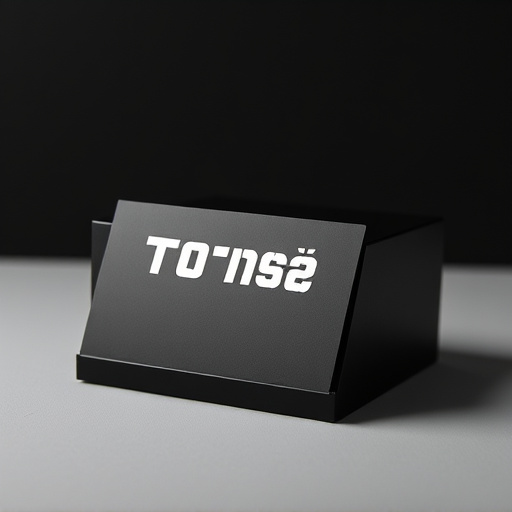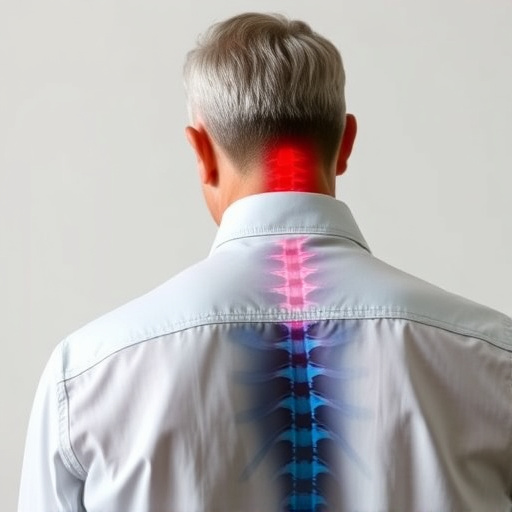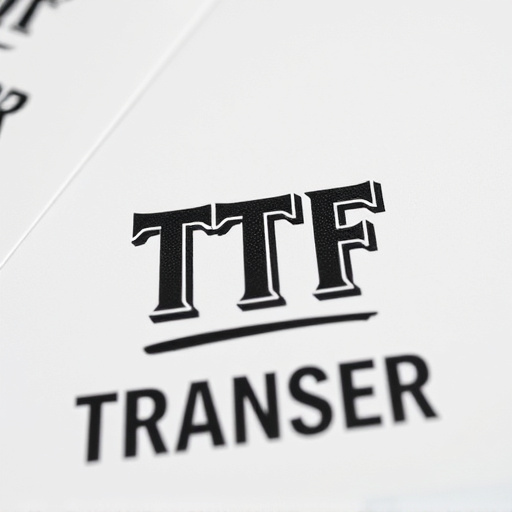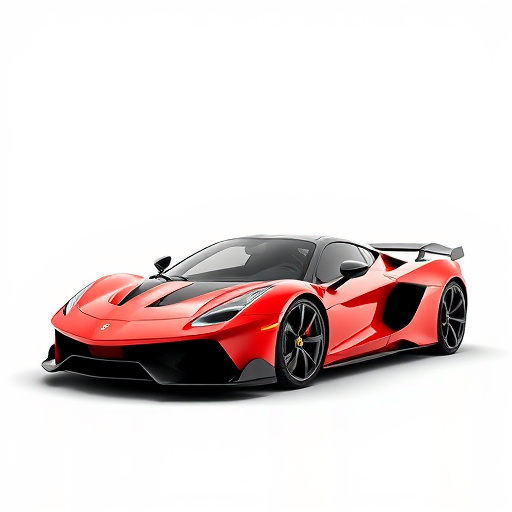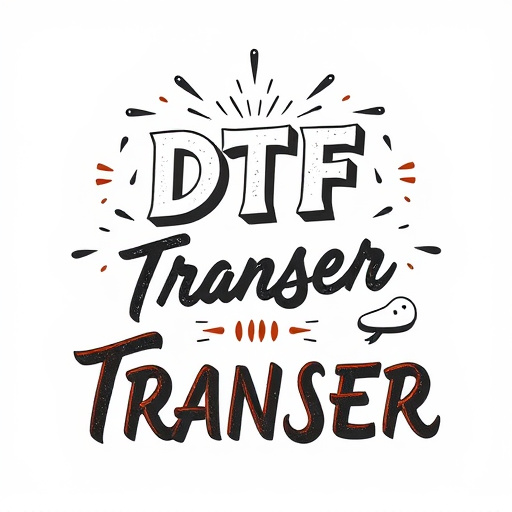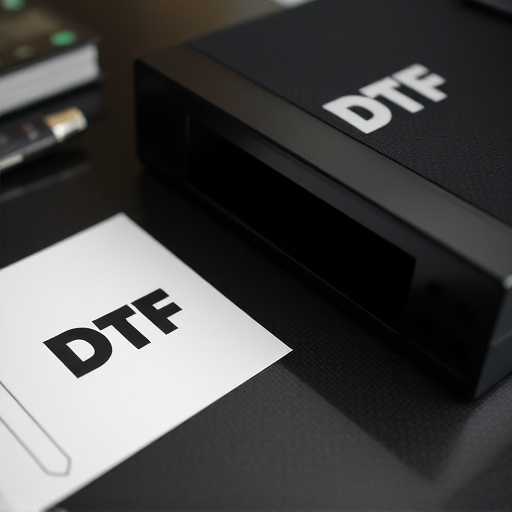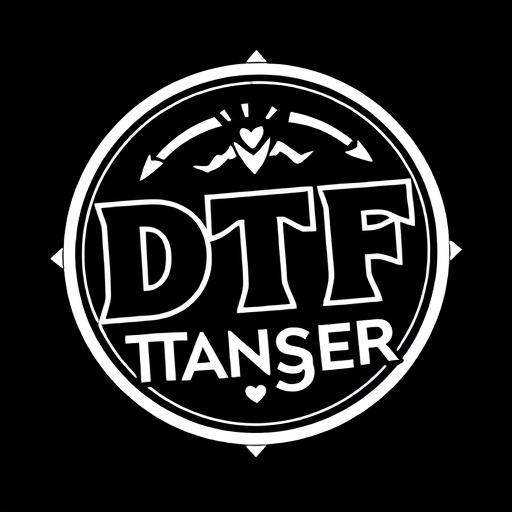Direct-to-Film (DTF) transfer technology is revolutionizing printing by enabling the precise reproduction of intricate design elements across various surfaces. This method captures high-resolution digital art directly onto light-sensitive film, creating negatives that produce crisp, detailed prints on materials like textiles and metal. DTF excels in applications demanding exceptional detail, color accuracy, and long-lasting durability, making it a versatile solution for industries from fashion to signage, where intricate designs are crucial for visual appeal and brand consistency.
“Unleashing the Potential of Film Transfers: A Journey into DTF (Direct-to-Film) Technology
This article delves into the world of DTF Transfer, a game-changer in preserving and reproducing intricate design elements. We explore its advantages, from capturing complex details to achieving optimal results. Learn how the right materials and techniques enable stunning DTF prints, while also addressing common challenges. Discover real-world applications showcasing the versatility of this innovative technology, revolutionizing the way we reproduce detailed designs.”
- Understanding DTF Transfer: A Brief Overview
- The Advantages of DTF for Preserving Intricate Designs
- How DTF Captures and Reproduces Complex Details
- Choosing the Right Materials for Optimal DTF Printing Results
- Common Challenges in DTF Transfer and How to Overcome Them
- Real-World Applications: Showcasing DTF Prints' Versatility
Understanding DTF Transfer: A Brief Overview

The DTF (Direct to Film) Transfer process is a cutting-edge technique revolutionizing the way intricate design elements are brought to life on various surfaces. This advanced method involves transferring high-resolution digital data directly onto film, enabling the reproduction of detailed patterns and graphics with remarkable accuracy. DTF allows for unparalleled precision in printing, making it an ideal solution for applications requiring minute details, such as textile designs, promotional materials, and even fine art reproductions.
DTF Printing offers a unique advantage over traditional methods by eliminating the need for intermediate plates or masks. The digital file is directly exposed onto the film, ensuring a seamless and efficient workflow. This technology has gained popularity due to its ability to produce DTF Prints with vibrant colors, sharp lines, and a level of complexity previously unattainable. It’s a game-changer for designers and printers, opening up new possibilities in creating visually stunning and highly detailed output.
The Advantages of DTF for Preserving Intricate Designs

Direct-to-film (DTF) transfer technology offers significant advantages for preserving intricate design elements in various media, from textiles to signage. Unlike traditional printing methods that can smudge or lose detail at higher resolutions, DTF allows for pixel-level accuracy, ensuring every delicate line, pattern, and texture is captured with exceptional clarity. This precision translates into superior print quality, making complex designs look as intended, even when enlarged or highly detailed.
Moreover, DTF printing provides a level of versatility that traditional methods struggle to match. It can handle a vast array of materials, from vinyl and fabric to wood and metal, opening up a world of creative possibilities for designers and artisans. This adaptability makes DTF ideal for custom projects where intricate designs need to be reproduced accurately across different substrates, making it a go-to solution for everything from high-end fashion to artistic murals.
How DTF Captures and Reproduces Complex Details

Direct to Film (DTF) transfer and printing technologies have revolutionized the way intricate design elements are captured and reproduced in various media. Unlike traditional methods that might struggle with fine details, DTF transfers excel at replicating complex patterns, textures, and line work with remarkable accuracy. This is achieved through a precise process where high-resolution digital art is exposed directly onto a light-sensitive film, capturing even the tiniest nuances of the original design.
The result is a negative that can produce crisp, high-quality prints. During the printing process, this negative is used to expose fresh photoreceptive material, creating a positive image that accurately mirrors the original digital art. This method ensures that intricate details are not lost or compromised, making DTF an ideal choice for applications requiring exceptional detail reproduction, such as fine art prints, custom apparel designs, and intricate graphics in various industries.
Choosing the Right Materials for Optimal DTF Printing Results
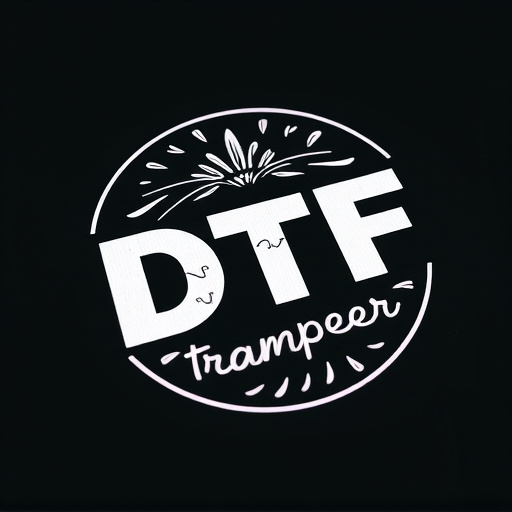
When it comes to achieving optimal results with Direct-to-Film (DTF) transfers and printing, selecting the appropriate materials is key. The choice of film, ink, and substrates can significantly impact the final quality of DTF prints. For intricate design elements, high-resolution films capable of capturing fine details are essential. These advanced films ensure that complex patterns and lines are reproduced accurately, without any loss in precision.
Additionally, using inks optimized for DTF printing processes is vital. Specialty inks designed for this method offer vibrant colors and excellent adhesion to various materials. The right ink choice can enhance color accuracy and ensure long-lasting durability of the prints. Moreover, considering the type of substrate—be it vinyl, polyester, or other materials—is crucial, as different films and inks may have specific compatibility requirements to achieve the best DTF transfer results.
Common Challenges in DTF Transfer and How to Overcome Them
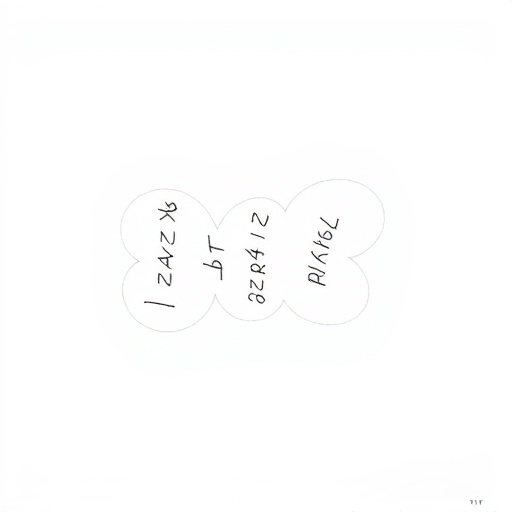
Film transfers aiming to reproduce intricate design elements face several common challenges. One significant hurdle is achieving high-resolution details in the final print, as microscopic patterns can be lost during the transfer process. To overcome this, specialized equipment and precise techniques are employed, such as using advanced scanners capable of capturing intricate details at higher magnifications. Additionally, professionals employ sophisticated software to enhance and clean up images before transferring them, ensuring every delicate line and shade is accurately represented.
Another challenge lies in maintaining color accuracy across the entire design. Different materials and printing methods can introduce variations in color reproduction. To address this, strict quality control measures are implemented, including the use of calibrated color profiles and comparative printing tests. Professionals also rely on high-quality inks and substrates specifically designed for DTF printing, ensuring consistent and accurate color representation in every DTF print.
Real-World Applications: Showcasing DTF Prints' Versatility

In various industries, DTF (Direct to Film) transfers have proven their mettle as versatile tools for reproducing intricate design elements accurately. From fashion and textiles to signage and packaging, DTF Printing offers unparalleled precision in capturing complex patterns, textures, and graphics. In these real-world applications, DTF Transfers play a pivotal role in enhancing visual appeal and ensuring brand consistency.
For instance, in the fashion sector, DTF technology enables the creation of detailed fabric prints, allowing designers to translate intricate sketches and patterns onto textiles seamlessly. Similarly, in signage, DTF Prints facilitate the production of high-resolution graphics for billboards, banners, and promotional materials, catching the eye of passersby with their vibrant and precise colors. This versatility makes DTF Transfers a game-changer, transforming the way businesses approach design and print, especially when intricate detail is paramount.

